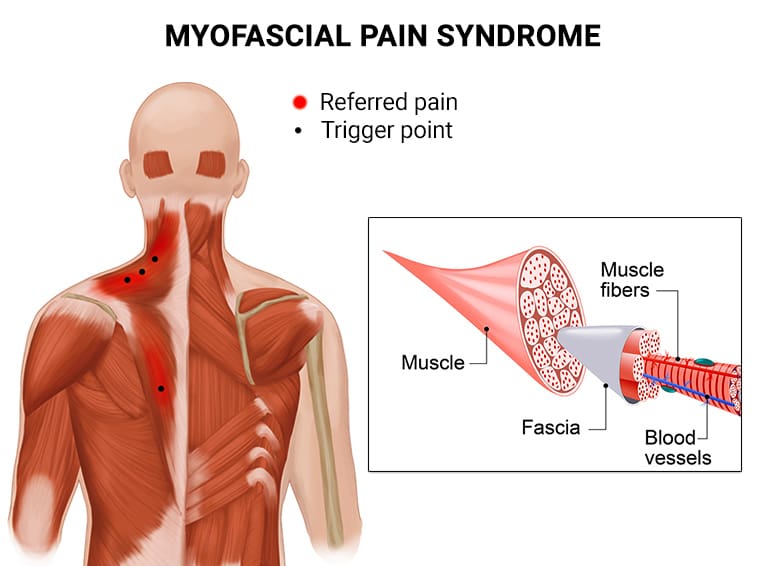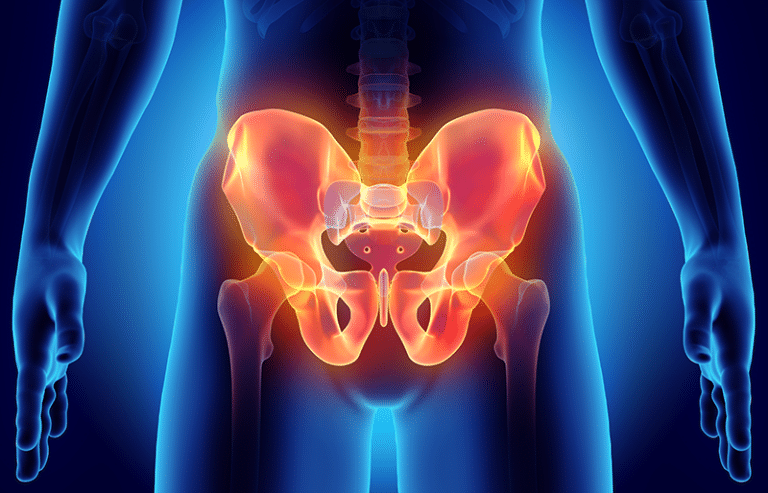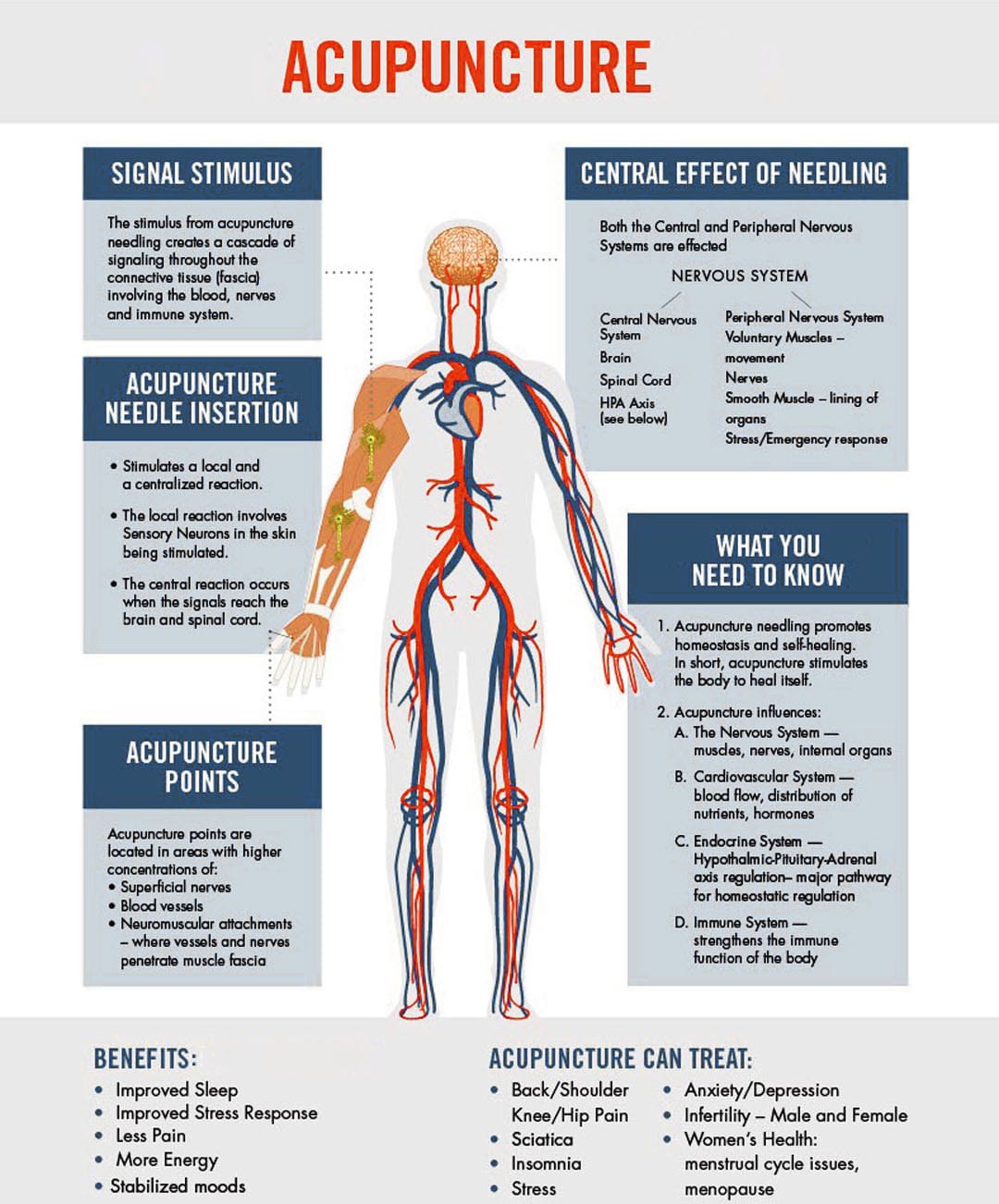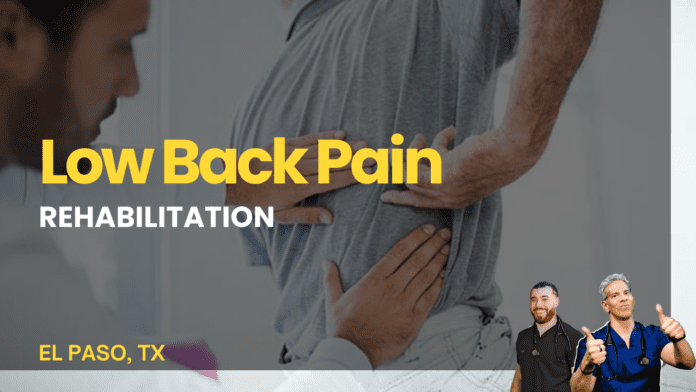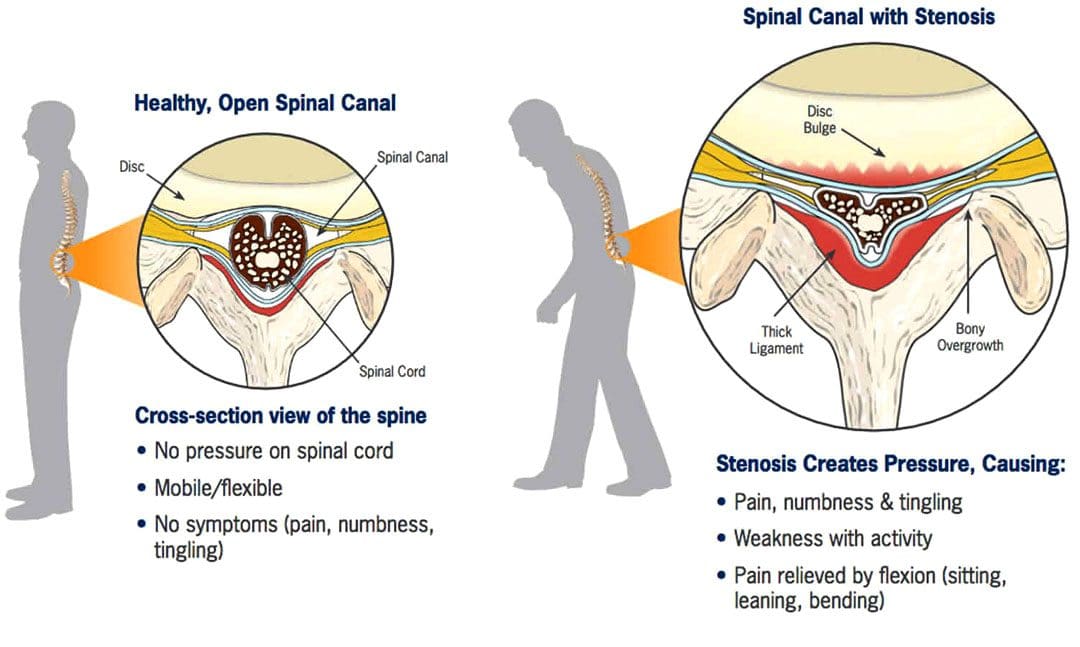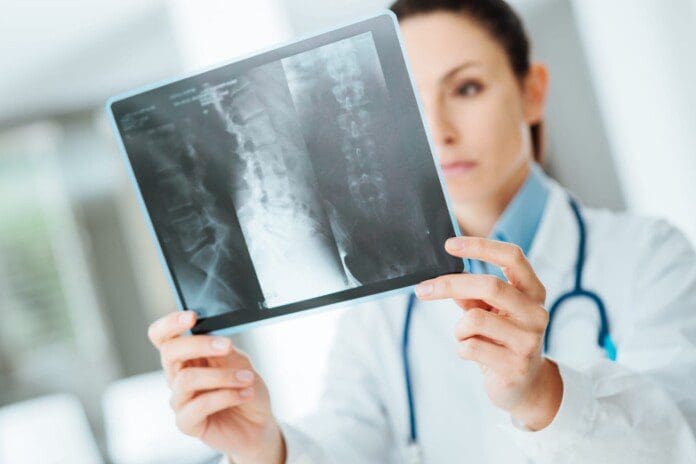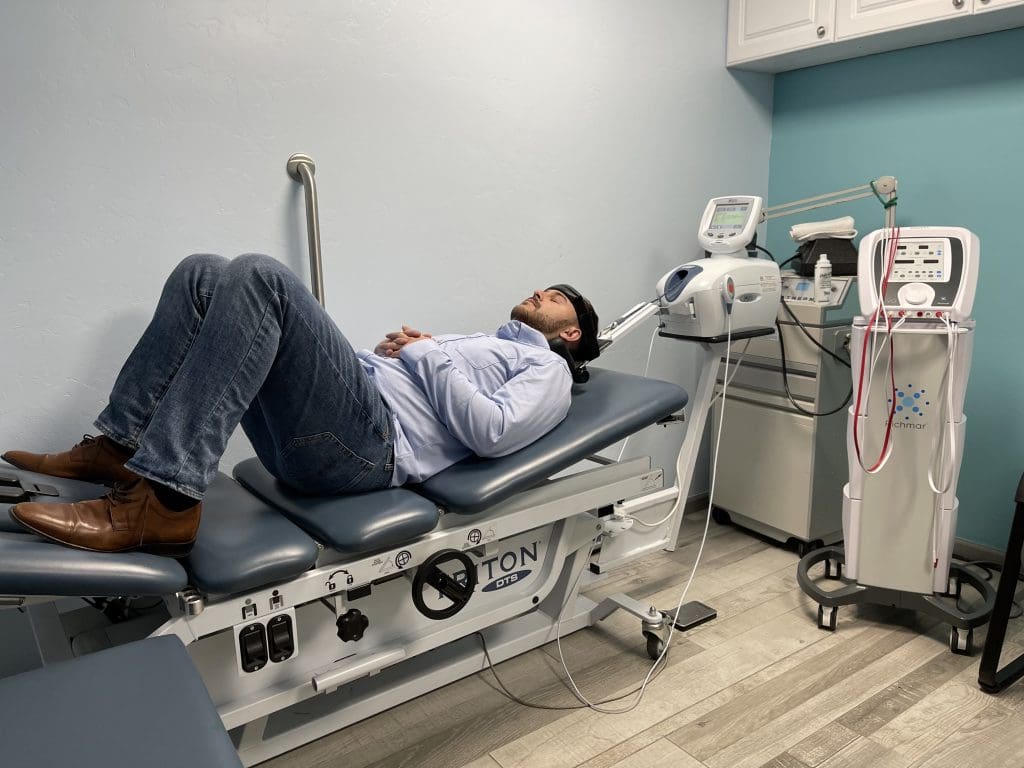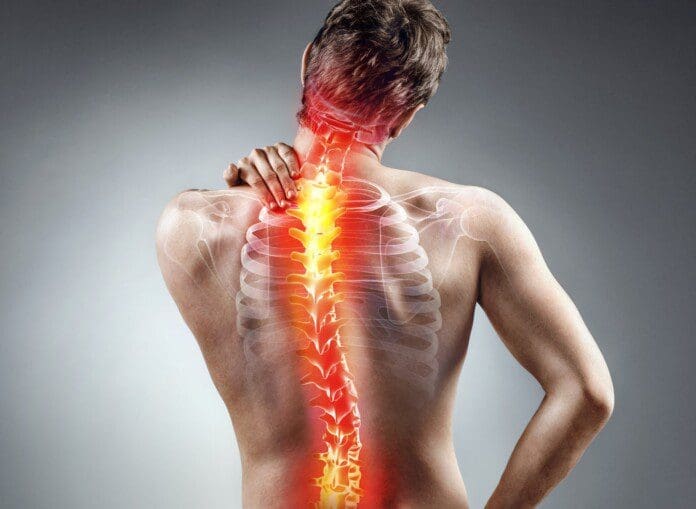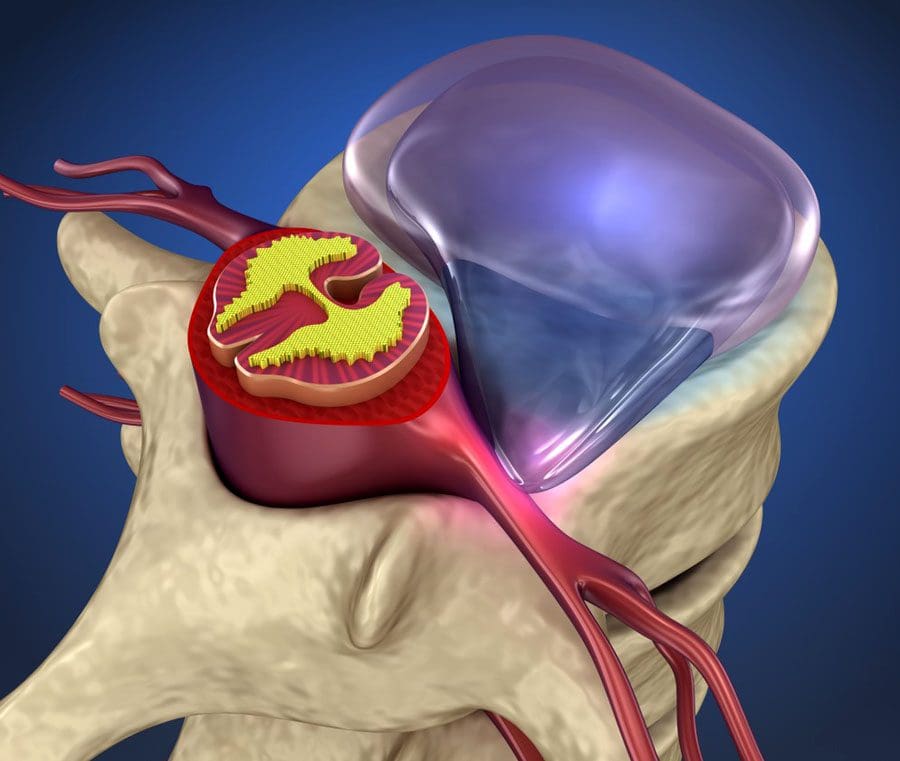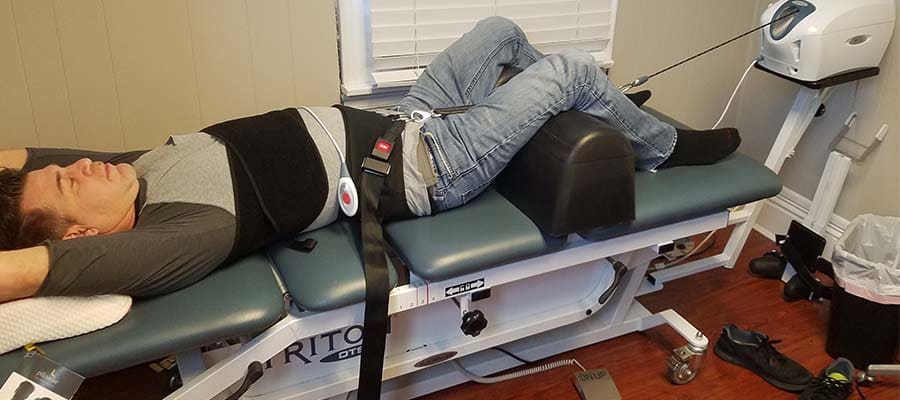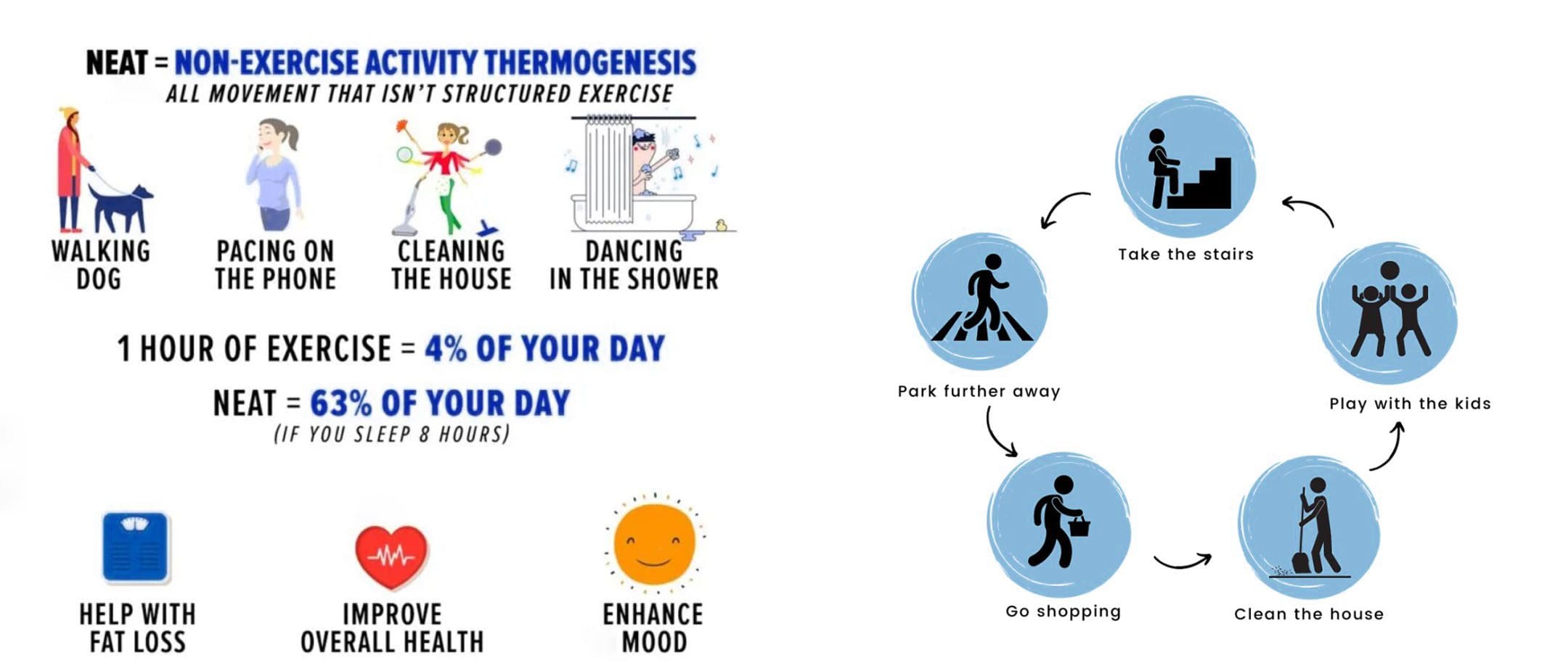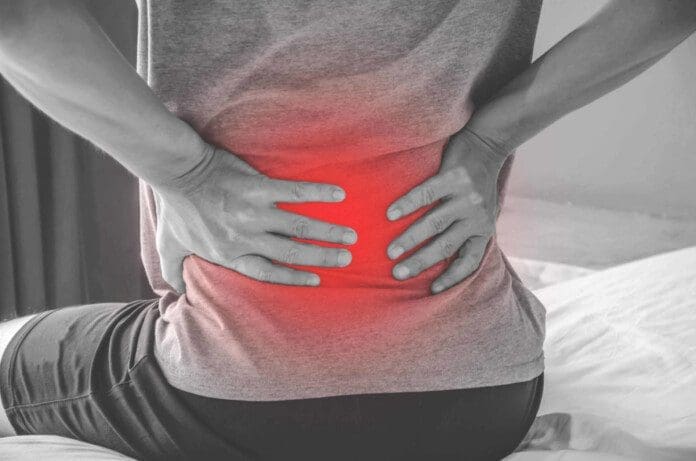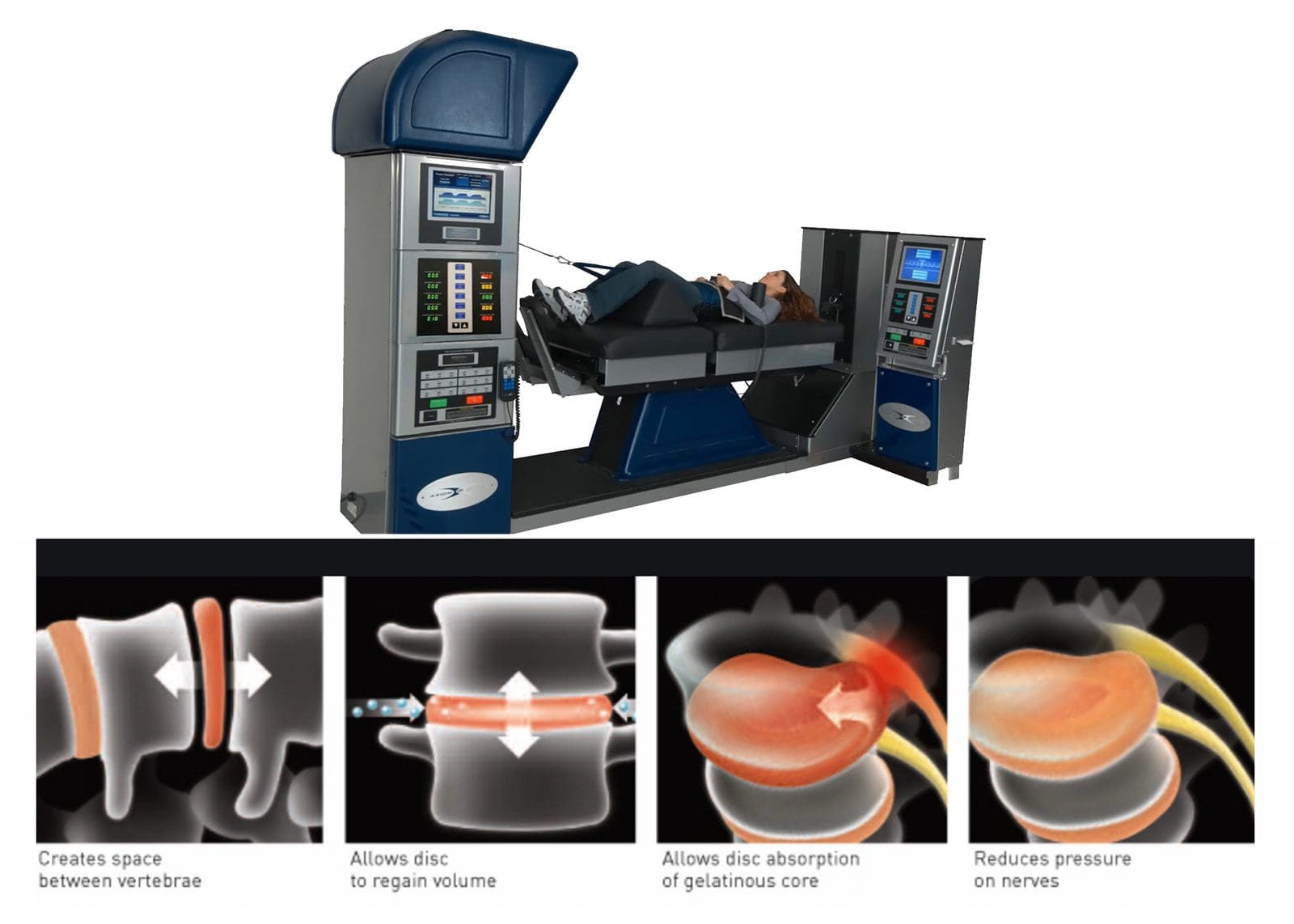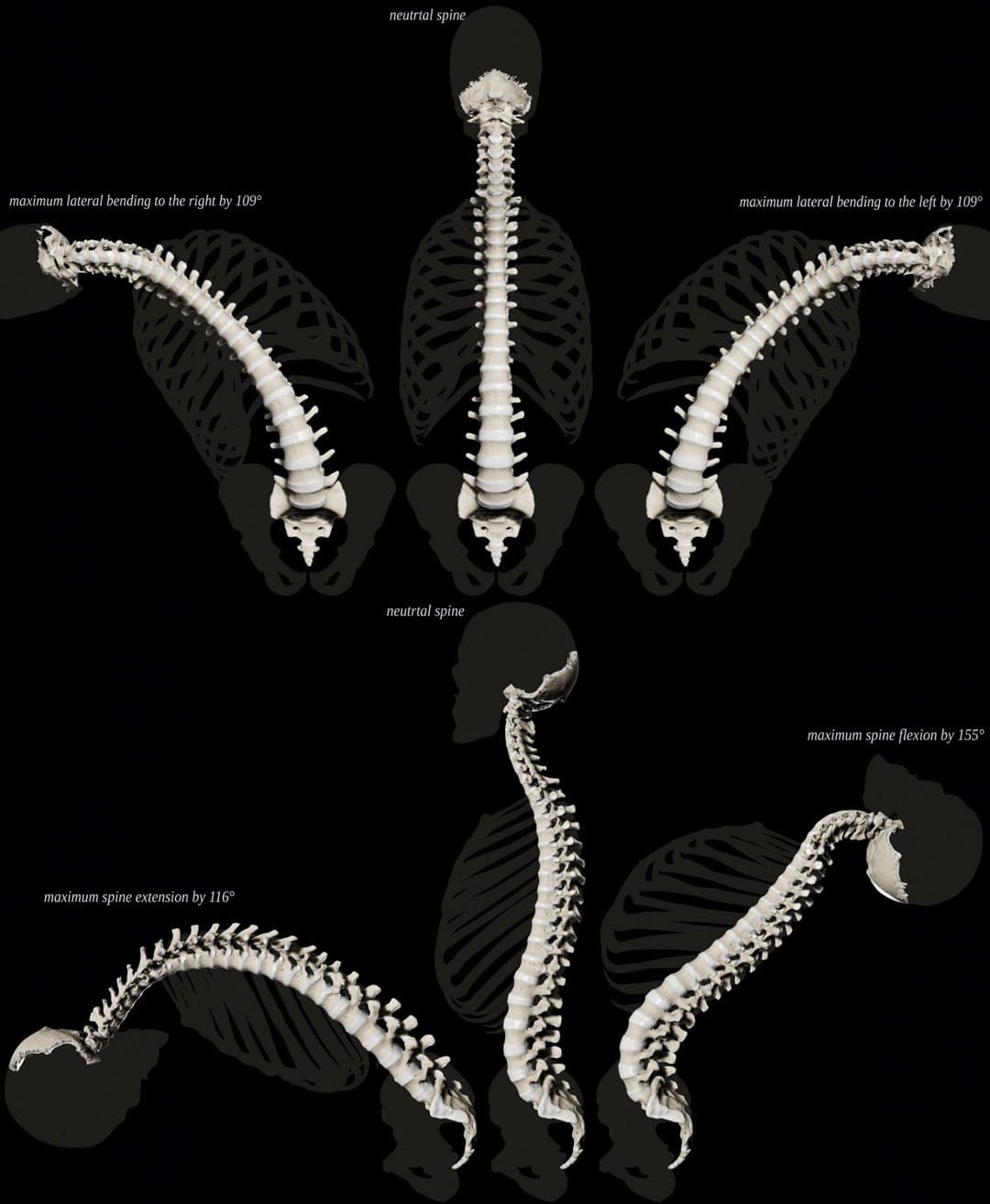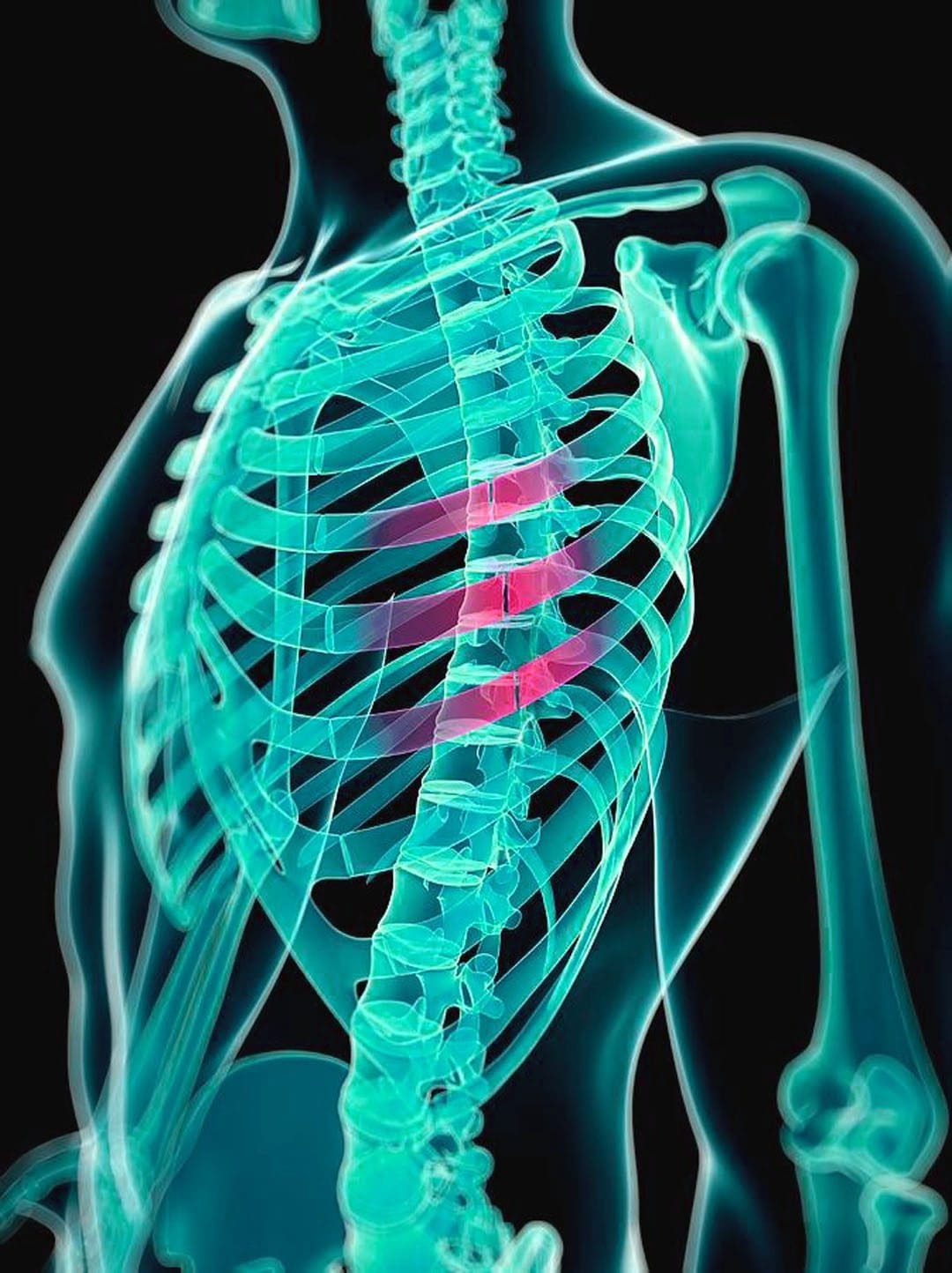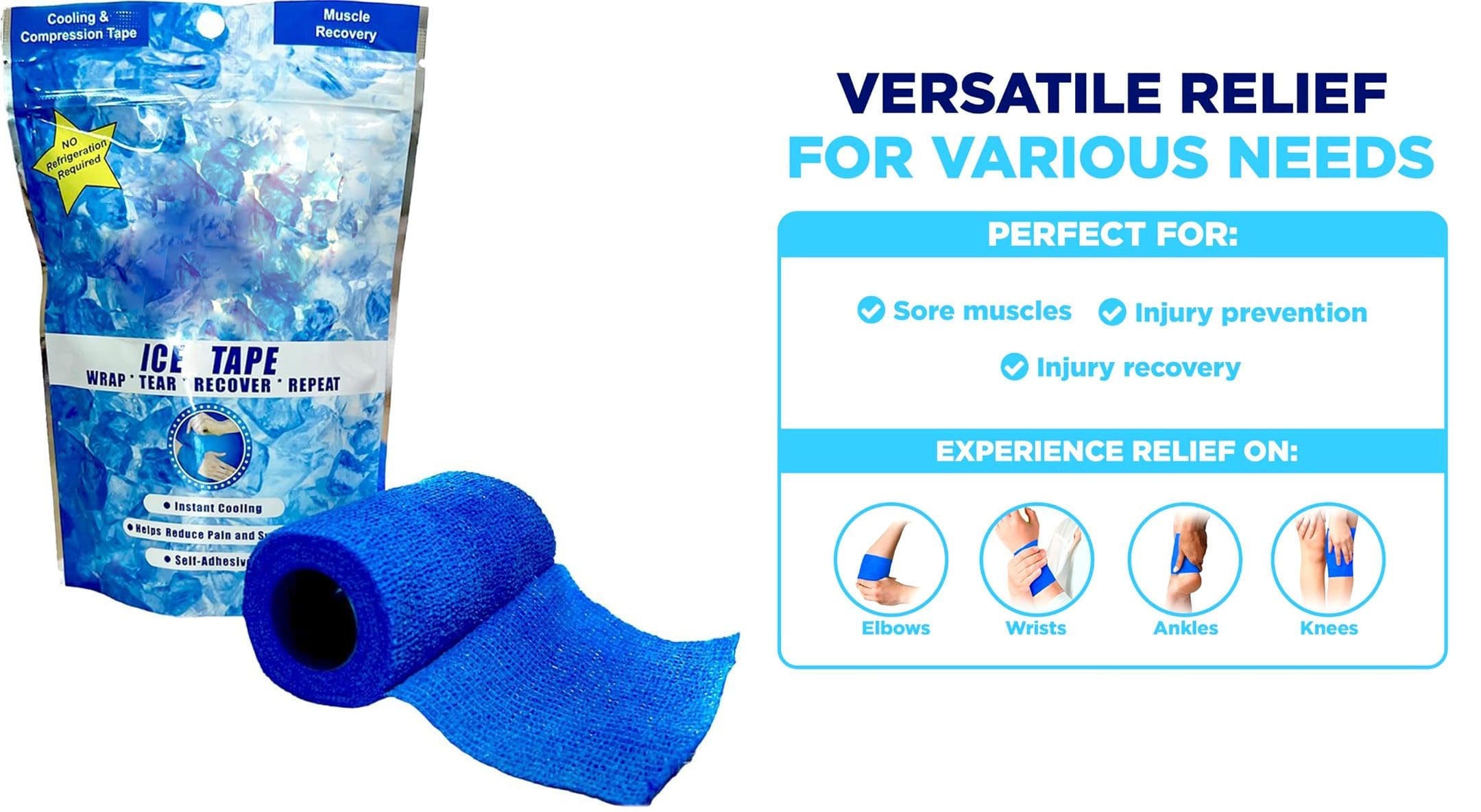“For individuals feeling unmotivated to work out and exercise, can developing a fitness mindset help improve and maintain motivation?”

Table of Contents
Fitness Mindset Motivation
Learning to exercise as part of a regular workout routine can have a significant impact on health and well-being. In the beginning, individuals are all in, but as time goes on, mental blocks can interfere with workout motivation. Being flexible with oneself and fitness/health goals is part of the process, and overcoming mental blocks is key to maintaining motivation. It’s all about creating a fitness mindset to maintain confidence and motivation and enjoy the benefits of regular exercise.
Feeling Tired
When feeling tired, individuals should ask themselves if it’s physical or mental fatigue. If the exhaustion is not from lack of sleep, illness, or a physically demanding job, it is more than likely mental tiredness. Mental exhaustion can often feel physical, and a recommended cure is physical activity. Often, once an individual starts working out and gets over the mental fatigue, they feel better. (Juriena D. de Vries et al., 2016) Regular physical activity can increase energy levels and leave the body feeling less fatigued. (Bryan D. Loy et al., 2013) However, individuals need to make sure there is ample recovery time to repair and restore the body after working out.
Self-Talk
Sometimes there is a small voice that says to take a day off or perform an easier workout. It’s okay to be flexible, but most times, individuals need to be ready to stand up to the skip-the-workout voices and stay motivated.
Remove Obstacles
- Remove obstacles that can distract from exercising.
- Have the workout gear ready and exercise time pre-scheduled so there are no second thoughts.
- If limited space is an issue, find compact equipment like a cordless jump rope that doesn’t require a lot of room.
Don’t Allow Relaxation Takeover
- Individuals who plan to exercise after school or work shouldn’t go home, sit down, and relax watching TV before working out.
- Individuals who may need a transition to work out should try something gentle but active, like stretching or doing a light chore.
- Individuals who exercise in the morning should wear their workout clothes immediately, so they can’t second guess and can continue their workout.
- Remind yourself of the reasons for committing to exercise.
Research shows that using second-person self-talk can help maintain motivation. Encouraging oneself with phrases like you can do this, you got this, or you are going to achieve your fitness goals improves the chances of obtaining the desired outcome. (Sanda Dolcos, Dolores Albarracin. 2014)
Fight Through The Doubt
Start with small steps. Ask if doubt is stopping you from starting. If doubt begins to arise:
Ask For Help
- A colleague, friend, or partner can help reinspire motivation.
- Tell them about the challenges of sticking with exercise.
- Ask them to work out together.
Do What Is Possible
- If working out for 30 minutes is too difficult, don’t worry about it.
- Go for as long as possible and try for more the next time.
- Keep it simple and make it count. (Margie E. Lachman et al., 2018)
Redefine Exercise
- Working out can feel like a job, but it does not have to.
- For example, individuals sitting or standing all day can approach the workout as 30 minutes to get out and move around.
- Or, after getting the kids settled in, it is time to do something for yourself and exercise the stress away.
Healthy Reminders
- Write inspirational fitness mindset notes and put them where they will be seen regularly.
- These can be exercise goals; for example, I will exercise for 30 minutes because I want more energy, better sleep, strength, etc.
Train The Brain For Exercise
When the issue is motivation, the mind needs to be convinced to exercise. How to use mind-over-matter skills:
Rewards
- When finishing a workout, rewards can help.
- Exercise has its own rewards – more energy, improved mood, stress relief, and reduced disease risk.
- Maybe a new pair of shoes, earbuds or headphones, workout equipment, or a massage will increase motivation.
Make A Deal
- Continue to exercise for whatever amount of time, and if the desire to stop is still present, then stop.
- Nine times out of 10, individuals will keep going.
Pretend
- Make-believe can encourage the fitness mindset.
- Pretending to be in a race, or in a movie, anything that makes the body want to move.
Set Achievable Goals
- Making difficult goals can generate the fear of being unable to achieve them.
- Aim for small achievable goals that go along with a bigger overall goal.
- That way, there are more victories, and the motivation to keep moving is maintained.
Competition
- Healthy competition can be a great motivator.
- Competing with oneself for faster times, heavier weights, or more frequency can keep the inspiration going.
- Social media and apps to compete with family and friends can also help.
Visualization
- Athletes use visualization techniques of going through the game, match, and tournament to get themselves prepared and ready to execute what they’ve been practicing.
- Individuals can do the same thing by picturing themselves going through their workout from beginning to end.
- Visualize the workout and the success of finishing, and make it happen. (Fritz Renner et al., 2019)
Work Things Out
- Exercise provides meditation time to think about problems and challenges.
- Use the workout time to work through the problems and refocus strategies to solve them.
Process Goals
- Choosing specific goals that are part of the workout process, like working out 3-4 times per week, is recommended compared to using outcome goals, like losing ten pounds.
- Outcome goals can be out of the individual’s control; instead, focus on the steps to achieve the goals, which lessens stress and is a more controllable method of working out. (Kylie Wilson Darren Brookfield. 2011)
Changing lifestyle to include exercise is not easy. The most important step is having the right attitude. (Margie E. Lachman et al., 2018) Thinking about exercise as an obligation will discourage motivation. Instead, create a fitness mindset to treat exercise like a break from all the stress and a reward for the mind and body to a healthier life.
Home Exercises for Pain Relief
References
de Vries, J. D., van Hooff, M. L., Geurts, S. A., & Kompier, M. A. (2016). Exercise as an Intervention to Reduce Study-Related Fatigue among University Students: A Two-Arm Parallel Randomized Controlled Trial. PloS one, 11(3), e0152137. https://doi.org/10.1371/journal.pone.0152137
Bryan D. Loy, Patrick J. O’Connor & Rodney K. Dishman (2013) The effect of a single bout of exercise on energy and fatigue states: a systematic review and meta-analysis, Fatigue: Biomedicine, Health & Behavior, 1:4, 223-242, DOI: 10.1080/21641846.2013.843266
Dolcos S, Albarracin D. (2014). The inner speech of behavioral regulation: Intentions and task performance strengthen when you talk to yourself as a You. Eur J Social Psychol. 44(6):636-642. doi:10.1002/ejsp.2048.
Lachman, M. E., Lipsitz, L., Lubben, J., Castaneda-Sceppa, C., & Jette, A. M. (2018). When Adults Don’t Exercise: Behavioral Strategies to Increase Physical Activity in Sedentary Middle-Aged and Older Adults. Innovation in aging, 2(1), igy007. https://doi.org/10.1093/geroni/igy007
Renner, F., Murphy, F. C., Ji, J. L., Manly, T., & Holmes, E. A. (2019). Mental imagery as a “motivational amplifier” to promote activities. Behaviour research and therapy, 114, 51–59. https://doi.org/10.1016/j.brat.2019.02.002
Kylie Wilson & Darren Brookfield (2009). Effect of Goal Setting on Motivation and Adherence in a Six‐Week Exercise Program, International Journal of Sport and Exercise Psychology, 7:1, 89-100, DOI: 10.1080/1612197X.2009.9671894



